
Table Mountain Trail Run with Run Cape Town
January 1, 2020
Run Comrades Marathon 2020 with Africa Marathons
January 29, 2020Strength Training for Runners
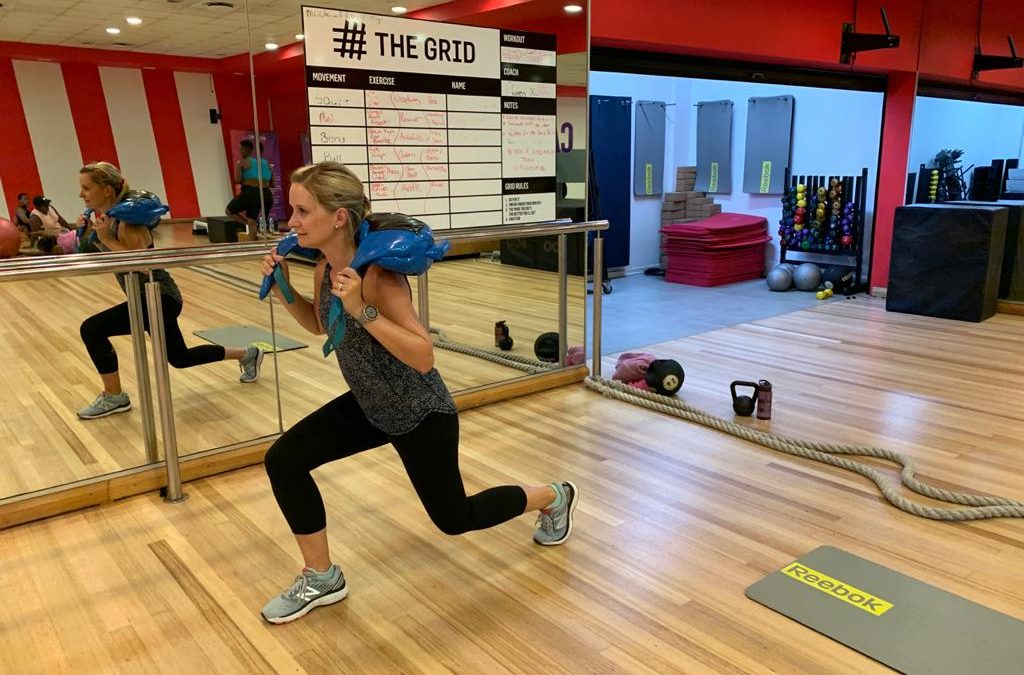
By Gemma Oates, Africa Marathons team member & Physiotherapist.
As a Physiotherapist and a runner myself, I am aware of how important strength training for runners is. Many runners see strength training as a chore and something that is often neglected for another run, but it should be seen as an essential supplement to a runner’s workout. Here I discuss why runners should strength train, what the benefits will be and how to go about it.
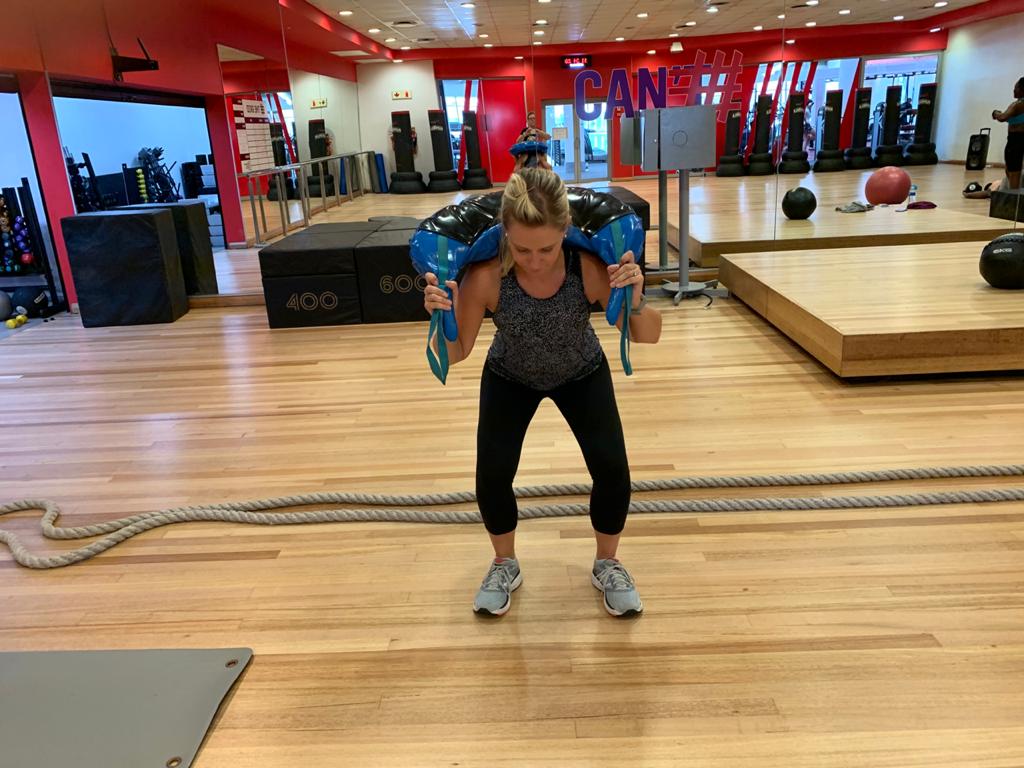
Strength training for runners to prevent injury
There is nothing worse for a runner than to have forced time out due to injury but sadly, up to 80% of runners can face this a year. There are, however, things that can be done to lower this risk and this is where strength training can help. The stronger you are, the less load there is on your joints, muscles and tendons, therefore reducing injury risk. Conditioned muscles also recover faster, meaning less chance of injury due to overtraining. Strength training also has a positive benefit on bone density, therefore helping reduce the risk of stress fractures.
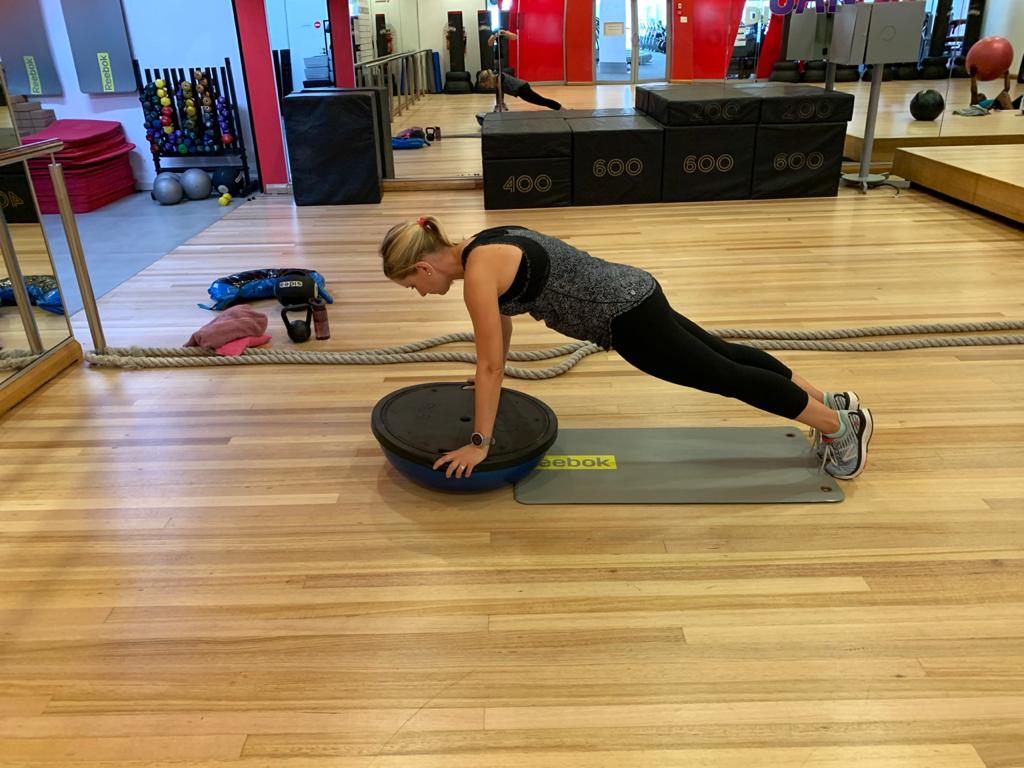
Improve running performance
Over time, the stress-induced adaptations from strength training can have an enormous impact on running speed, efficiency and endurance. The stronger your leg muscles get, the more force you generate on each stride. Running form can also be improved with strength gains, which is why runners should also focus strength work on the upper body and core.
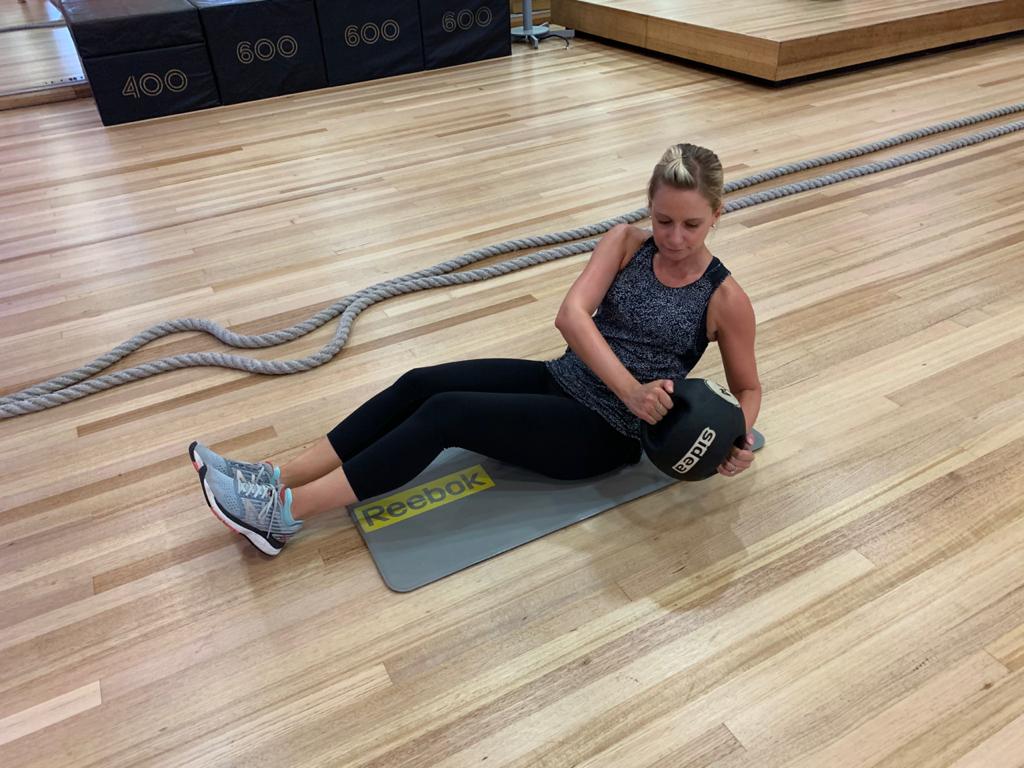
Where should strength training be focused?
As running is a one-directional action, it can lead to muscle imbalances, which can result in injuries. Therefore it is wise to focus strength training on a variety of body muscles and in different directions. However, task-specific training is also crucial as muscles develop memory and the closer the exercise is to the task at hand the better. That is why exercises like single-leg squats, lunges and jumps are all excellent choices for runners.
In terms of what muscles to target in the lower body, it is essential to work the quadriceps, hamstrings and calves, but the gluts are also very important as many running-related injuries stem from having weak gluts. It is also important to work on core strength, which helps both form and power and do not neglect the upper body. As mentioned above, a strong upper body can improve running form and also help generate power when running.
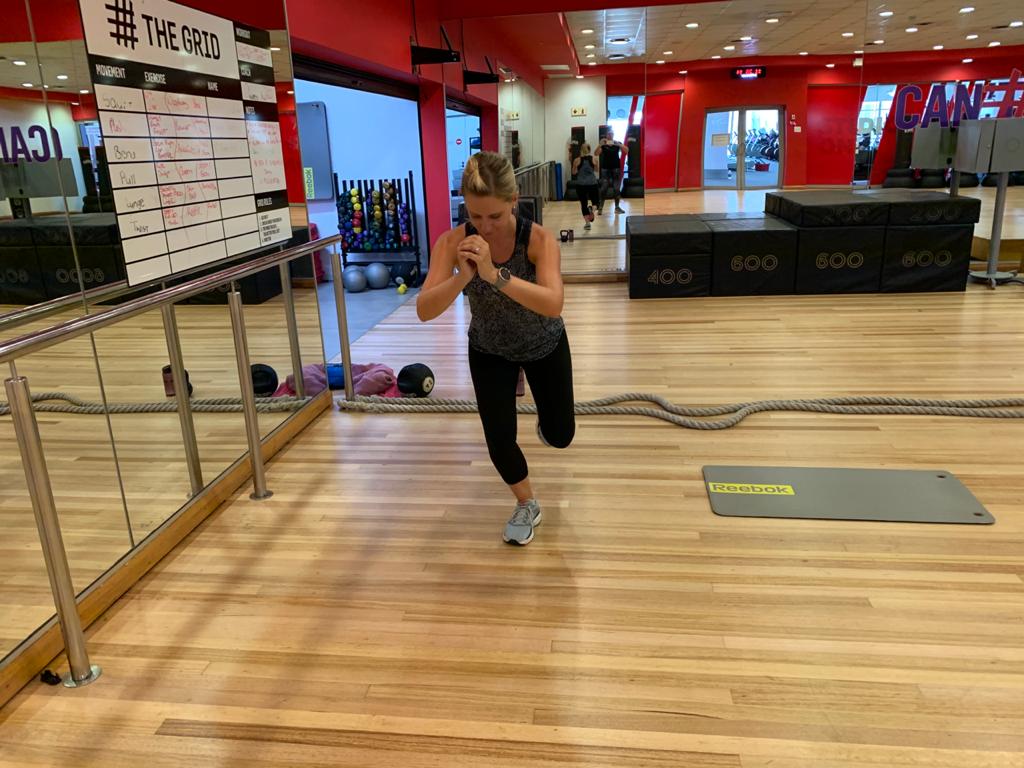
How challenging, how many repetitions/sets and how often to see a change in strength
The scientific evidence suggests strength training should be done 2-3 times a week to see change. If you run most days, aim to do the strength sessions on your easy running days and after you run. That way, you are not risking being too fatigued going into your run session. If you do more then three sessions a week, you are potentially not allowing enough time for your muscles to recover around your other training and this may pose an injury risk.
In terms of how heavy the resistance should be, and the number of repetitions (reps) and sets, this will depend on what your goal of the exercise is. If it is to build power and then a resistance or exercise that fatigues you by eight reps maximum over 3-4 sets, with a 60-90 second break between each set is adequate. Therefore use a heavier weight so you fatigue quickly. For endurance, this as about using your muscles over a more extended period of time, so use a lighter weight or chose an exercise that that fatigues you at 12-20 plus reps, over 3-4 sets. Also, keep a shorter break between these sets of 30-60 seconds to ensure that you are targeting the endurance side adequately.
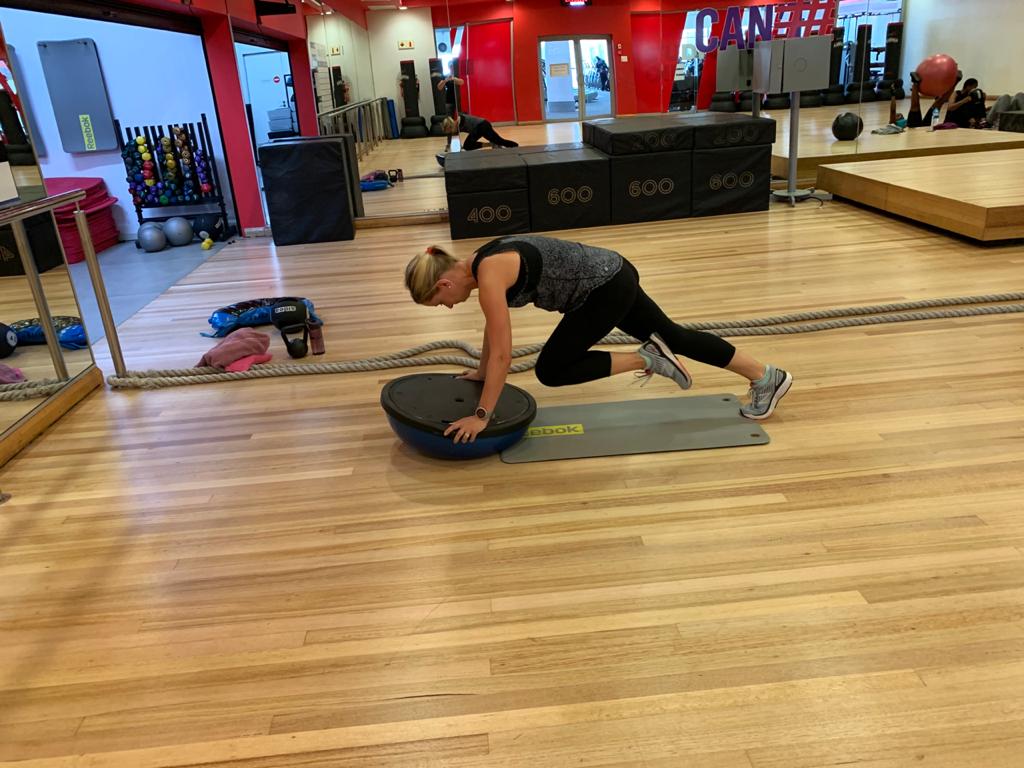
Ways to add strength training into your routine
Not everyone is a fan of the gym, and they can be intimidating at times. But you don’t have to go to a gym to strength train. You can purchase some weights or resistance bands to use at home and many strength exercises can even be done with using bodyweight alone. For example, planks, burpees, lunges and push-ups are all great strength exercises using only body weight. Exercising at home can also be beneficial if you are limited for time or are on a budget.
However, if you do have a gym membership, then the access to various weights and equipment, as well as a variety of classes can be advantageous, as well as being varied and fun. Most gyms provide strength classes like Pilates, Body Pump, HIIT etc. so strength training does not need to be boring.
I hope this article helps motivate and inform you as a runner to take on a regular strength training programme, which will hopefully lead to fewer injuries and better running results!


